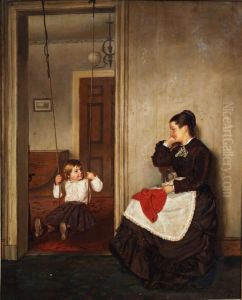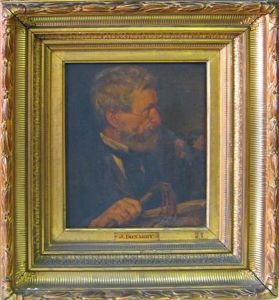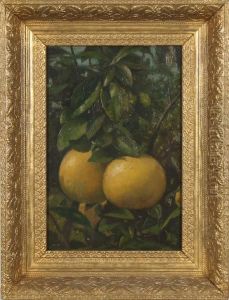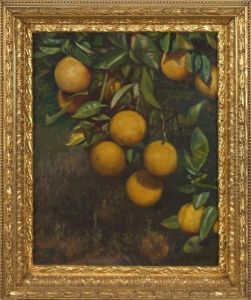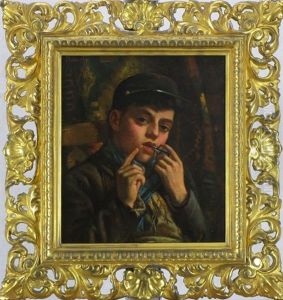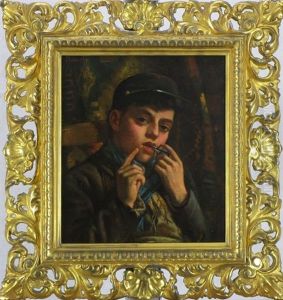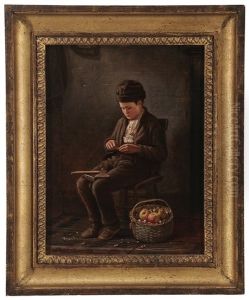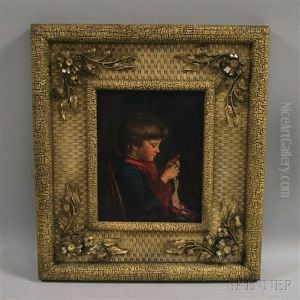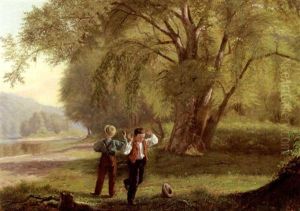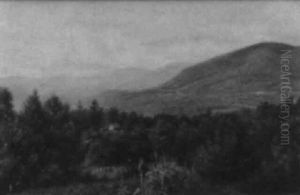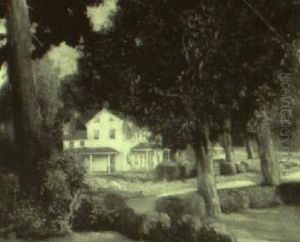John Donaghy Paintings
John Donaghy was an artist known for his contributions to religious art, particularly within the context of Latin America. Born in 1931 in the United States, Donaghy's artistic journey was deeply intertwined with his spiritual and humanitarian concerns. He is not as widely recognized as some of his contemporaries in the mainstream art world, but within certain circles, especially those connected to the Catholic Church and social justice movements, his work has been greatly appreciated.
Donaghy studied at the Layton School of Art in Milwaukee, Wisconsin, and his early work was influenced by European modernism. However, his artistic style and focus shifted dramatically following his move to Honduras in 1964. He joined the Maryknoll Missioners, a Catholic missionary society, which marked the beginning of his lifelong commitment to faith-based service and artistic creation in the service of the church and local communities.
Throughout his career, Donaghy was known for creating art that resonated with the lives and struggles of the Central American people he lived among. His work often reflected themes of social justice, poverty, and faith. He used his artistic talents to serve the community, including teaching art to local people, creating murals, and producing liturgical art for churches. His art became a form of communication and solidarity, bridging cultural and linguistic gaps with visual narratives that spoke to shared human experiences.
John Donaghy's work extended beyond the canvas as he became deeply involved in social activism, supporting human rights during a turbulent period in Central American history that included civil wars and social upheaval. His commitment to the region and its people was unwavering, and he remained in Honduras for the rest of his life.
Donaghy passed away in 2008, leaving behind a legacy that is both artistic and humanitarian. His life's work serves as a testament to the power of art to inspire, to comfort, and to advocate for social change. While his name may not be found in the pantheon of the most famous artists in history, the impact of his work on the communities he served, and on the field of religious art within the context of Latin American social history, is significant. His art continues to inspire those who encounter it, offering a unique perspective that bridges the sacred and the social, the aesthetic and the activist.
